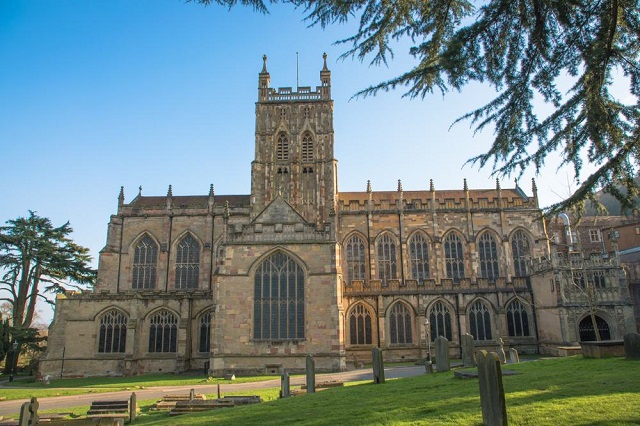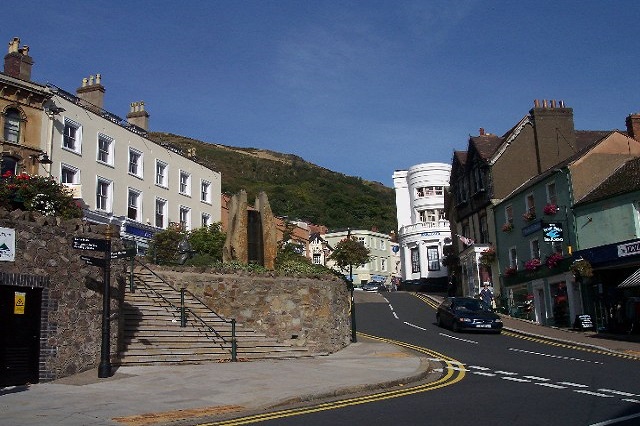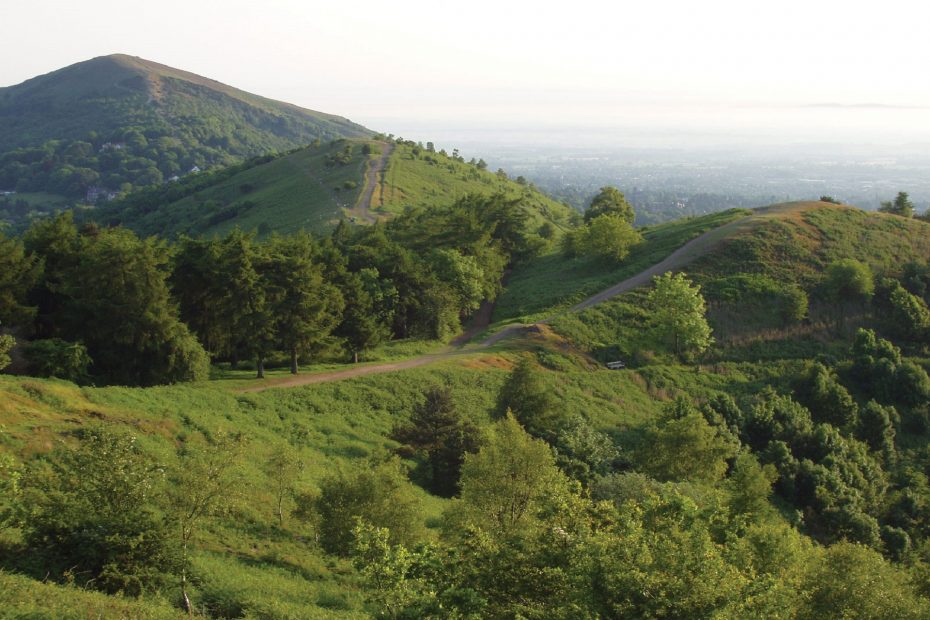The spa town of England lies in the foothills of Malvern hills. The place is known for its history and its beauty. Let’s discover the history of beauty and the history of history.
First comes the Bronze age
During the bronze age, historians have found a unique set of settlers. When discovered, arrows, flakes, and axes were found. Many pre-historical passes were found and said to be salt routes.
The area was ideal for nomads, as it gave various opportunities for hunting and settlements. The year 1085 became a chase of the number of nomads in the city. The church, a famous building in the Malvern, was built for the settlement of 30 monks. This church stands as the oldest beauty in the hill region.
The look of the city changed with the new ruler in the 1530s, King Henry VIII. The king was lack of funds, and some started exploiting the area for catholic funding. The monk surrendered the land and property to the king, left the room, and never returned.
From the bronze age to the spa town of England, let’s look at the evolution.

The 17th century
The spa city is also mentioned infamous poems and stories. The natural Malvern water and the beauty of the hills, Were consider to be a health spa. This idea was brought up by the Doctors James Wilson and Gully. The town research reached its peak during the victorian times. It regenerated health and was known to be a cure in the medieval period. Soon, this water was shipped to various locations worldwide and was recognized for its health benefits.
In 1887, Karl Baedeker, German publisher and a popular travel guide included Malvern in the London–Worcester–Hereford health trio and described it as an “inland health resort.” The popularly known Charles Darwin also visited the place to test the health of the water.
Many hotels were built in the 18th century. The newly found Malvern identity as the spa town and the natural beauty becomes a spot for vacations. Many families and small groups planned their trip to Malvern. It is said that in the year 1865, around 5000 visitors were recorded by the town.
Soon the popularity and needs of modernization developed the area and exploited the resources. Soon the world war two changes the dynamics of the city. More than a rest for the soldiers, it becomes a hub of scientific research.

Visit today
Today the famous spa town may not be as healthy as before, but nature still stands strong. The city is popularly known for its arts and culture. IT has also established boutiques and small handy craft shops, providing a variety to the shoppers. Today it is one of the biggest attractions for travelers worldwide and next on your bucket list.
